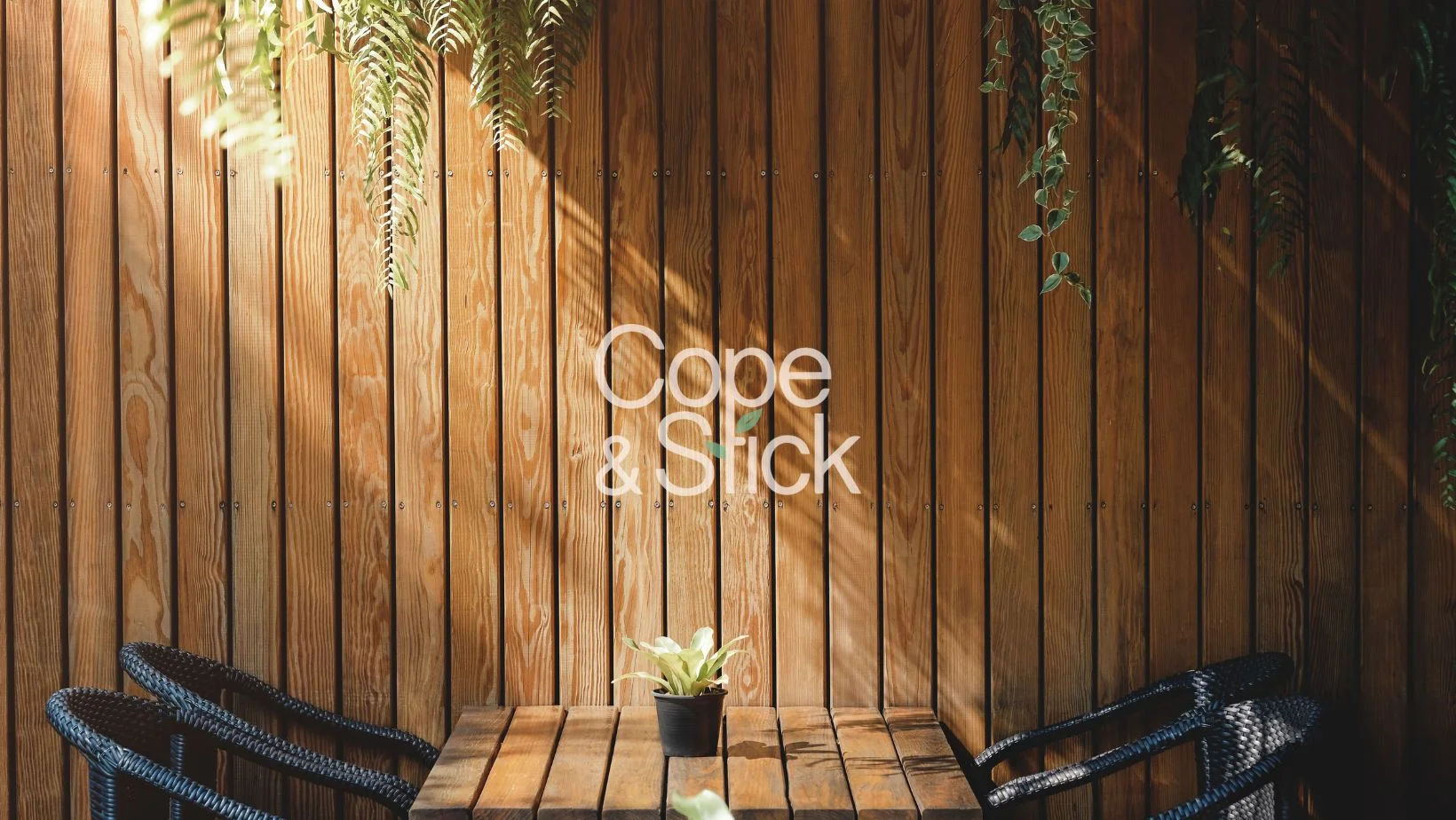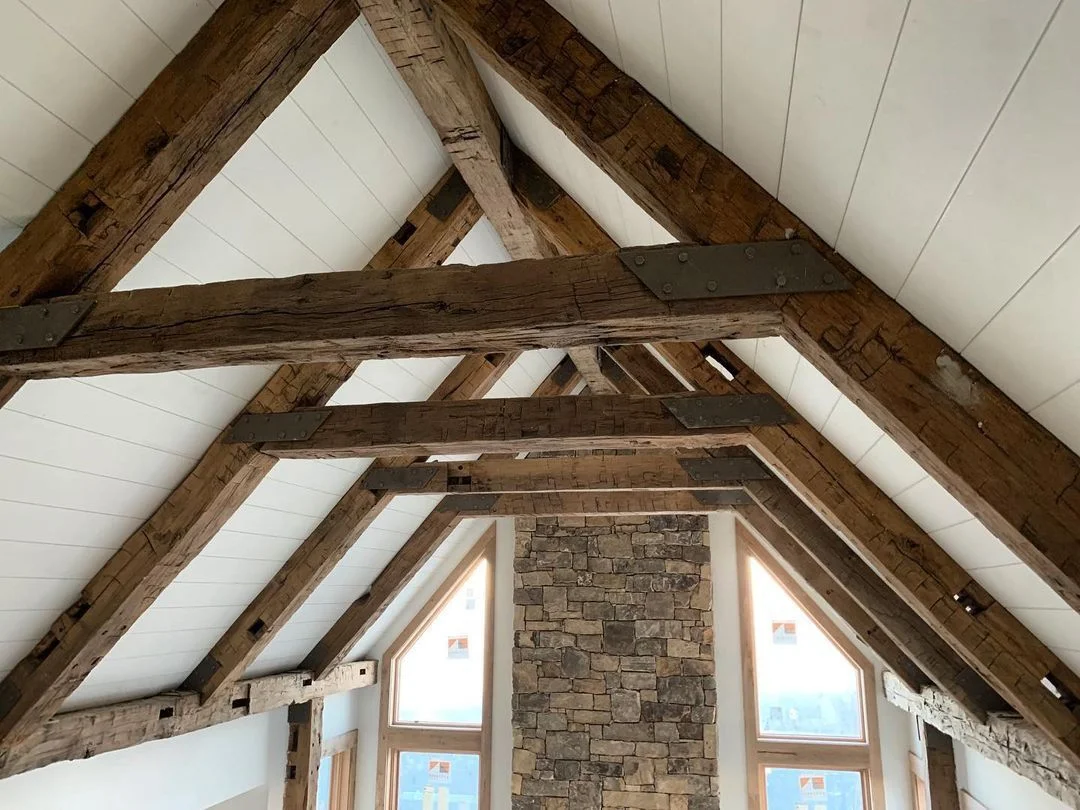Are you thinking of installing wood flooring in your home? It’s a great idea! Not only is wood flooring beautiful and timeless, but it can also add value to your property. Before embarking on this project, though, there are some things you should know about the different wood floor installation methods. In this blog post, we’ll take a look at several popular options. We’ll discuss the pros and cons of each type so that you can make an informed decision as to which option will be best suited for your space and budget. So let’s get started!

1. Nail-Down Installation: Classic and Sturdy
The nail-down installation method is one of the oldest and most traditional ways of installing wood flooring. In this method, hardwood planks are attached directly to the subfloor using nails or staples. This technique offers a strong and sturdy foundation for the flooring, preventing movement and minimizing creaking sounds. However, it requires a wooden subfloor and may not be suitable for concrete or other types of subfloors.
To execute a nail-down installation, the installer carefully places each plank and secures it by driving nails or staples at a slight angle through the tongues of the planks. This method requires precision to ensure the nails are properly driven without damaging the wood surface.
2. Glue-Down Installation: Secure and Versatile
Glue-down installation is especially popular for engineered wood floors, but can also be used with solid wood flooring. This method involves adhering the wood planks directly to the subfloor using a strong moisture-resistant adhesive. It is versatile, suitable for various subfloor materials including concrete, plywood, and even existing flooring in some cases. Glue-down installation offers excellent stability and reduces the chances of movement or shifting over time. However, glue-down installation can be more time-consuming and requires proper subfloor preparation.
Manufacturers recommend a notched trowel to apply the glue evenly on the back of the planks and a heavy roller to press the flooring into the adhesive.

3. Floating Installation: Ease and Flexibility
Floating installation is a popular choice for DIY enthusiasts and those seeking a relatively simple installation process. In this method, wood planks are not attached to the subfloor but rather interlock with each other. This allows the floor to “float” above the subfloor, making it a suitable option for different types of subfloors.
Floating floors are typically installed over an underlayment, which provides cushioning, moisture protection, and noise reduction. The planks are joined together using various locking mechanisms, such as tongue-and-groove or click-lock systems. While floating installation offers ease and flexibility, it’s important to note that it may produce a slightly different sound underfoot compared to nail-down or glue-down methods.
4. Staple-Down Installation: Balancing Strength and Simplicity
Similar to the nail-down method, staple-down installation involves using staples to secure the wood planks to the subfloor. This method is often chosen for its combination of strength and simplicity. It offers the sturdiness of nails while being easier to execute, making it a viable option for both professionals and DIYers.
Staple-down installation involves using a pneumatic staple gun to drive staples through the tongues of the planks and into the subfloor. This creates a secure connection that minimizes movement and ensures the longevity of the flooring.

All in all, whichever method of hardwood floor installation you choose, you know that you will be building a solid base that will withstand the test of time. Your end result will not only last, but it will provide a timeless look to your home for years to come. Additionally, depending on the facility’s full construction plan, the varying requirements provided by each installation method can help establish and uphold your desired goal.






